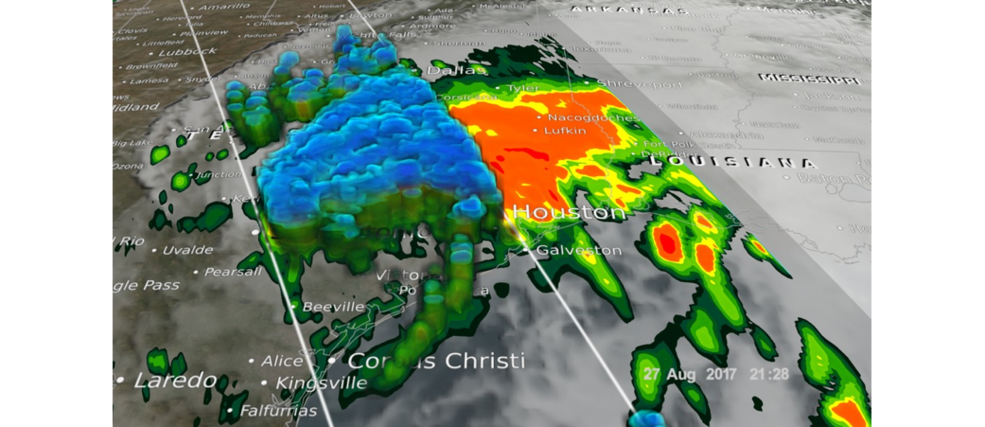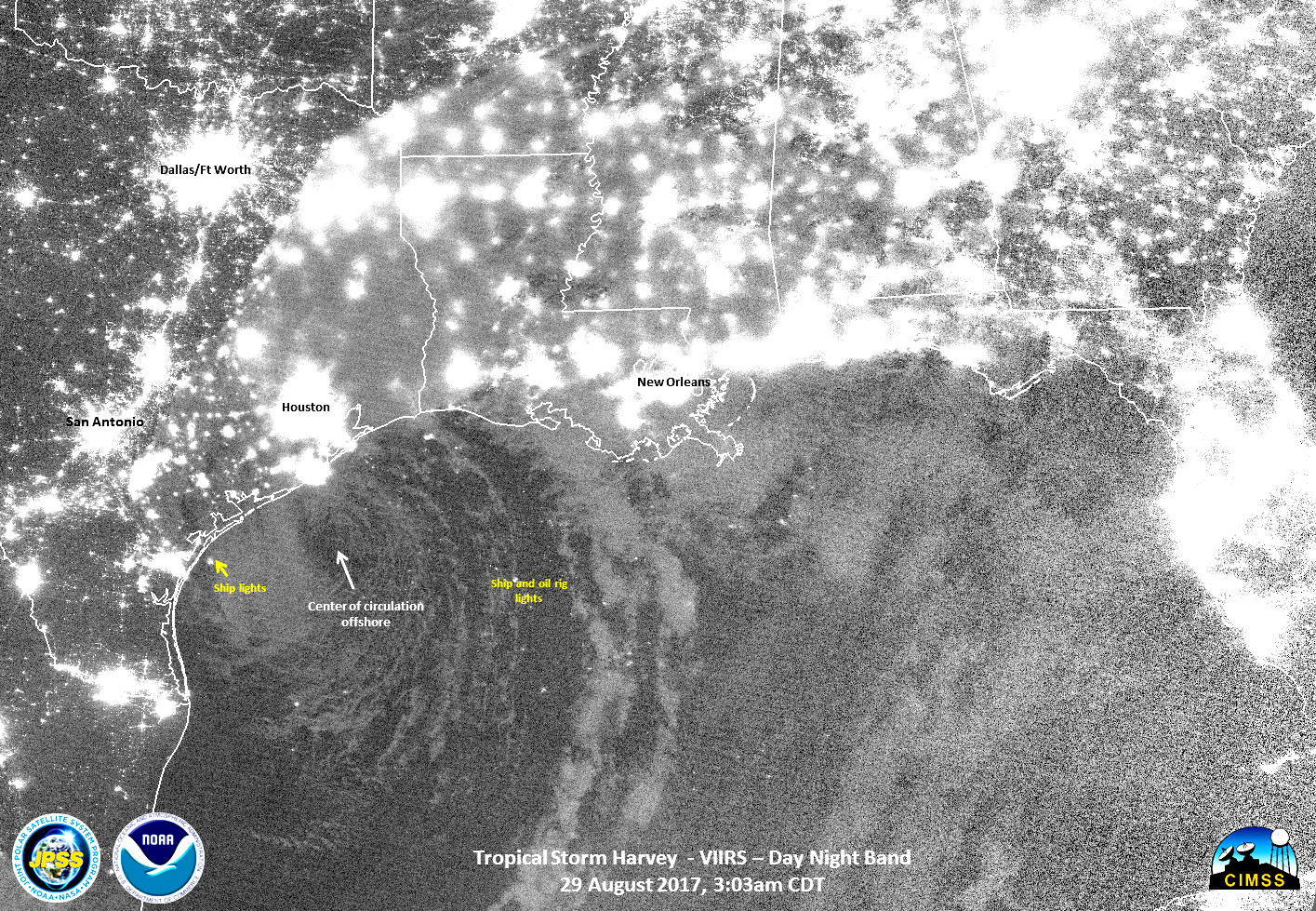Harvey Response: NASA Lends Space-Based Eyes to Recovery

NASA is aiding the humanitarian response to Tropical Storm Harvey by surveying the storm's impact from above. This effort will provide expert data to relief agencies.
Harvey first hit southeastern Texas on Aug. 25 as a Category 4 hurricane, and made landfall in southern Louisiana as a tropical storm on Aug. 30. The storm system lingered in the region, causing flooding and record-breaking rainfall. The downpour has been so immense that the National Hurricane Center called the flooding "life-threatening." NASA is assisting local, state and federal emergency managers and first responders by using its spacecraft to take measurements of the affected region, according to a new statement from the agency.
"This is an immense weather event that is creating a unique challenge," Thomas Zurbuchen, associate administrator for NASA's Science Mission Directorate at the agency's headquarters in Washington, D.C., said in the statement. "NASA is working to enable and enhance the capabilities of our partners across federal agencies and elsewhere to ensure [that] they are able to do the best job possible in assessing the threat and providing rescue and response services." [How to Donate to Harvey Victims Online]
NASA assigned its spacecraft to take measurements when the United States activated the humanitarian International Charter on Space and Major Disasters, NASA officials said in the statement. The space agency's leading entity for the humanitarian effort is the NASA Earth Science Disasters Program. This group's scientists and external partners will analyze satellite imagery and other data sets to inform effective disaster support for the state of Texas, the U.S. Geological Survey Hazards Data Distribution System, the Federal Emergency Management Agency (FEMA) and the National Guard.
NASA is obtaining high-resolution imagery of Earth's surface by analyzing data from synthetic aperture radar (SAR) instruments on international partner satellites, which are powerful enough to penetrate clouds night and day, according to the statement. NASA's Global Precipitation Measurement (GPM) mission team has also produced graphics that helped the National Oceanic and Atmospheric Administration's (NOAA's) National Hurricane Center better understand the center of Harvey's circulation.

Today (Aug. 31), NASA will fly the Uninhabited Aerial Vehicle Synthetic Aperture Radar (UAVSAR) instrument aboard a NASA Gulfstream III aircraft to observe rivers, floodplains and critical infrastructure. When the skies clear further over the area, the NASA Earth Science Disasters Program will use a number of Earth-observing satellites to map out flooding and power outages. These include the Moderate-Resolution Imaging Spectroradiometer (MODIS) instrument aboard NASA's Terra and Aqua satellites, the Advanced Spaceborne Thermal Emission and Reflection Radiometer (ASTER) aboard Terra, Landsat, and the Visible Infrared Imaging Radiometer Suite (VIIRS) aboard the Suomi-National Polar-orbiting Partnership (Suomi-NPP) satellite.
NASA's latest Harvey updates can be found at www.nasa.gov/hurricane.
Get the Space.com Newsletter
Breaking space news, the latest updates on rocket launches, skywatching events and more!
Follow Doris Elin Salazar on Twitter @salazar_elin. Follow us @Spacedotcom, Facebook and Google+. Original article on Space.com.
Join our Space Forums to keep talking space on the latest missions, night sky and more! And if you have a news tip, correction or comment, let us know at: community@space.com.

Doris is a science journalist and Space.com contributor. She received a B.A. in Sociology and Communications at Fordham University in New York City. Her first work was published in collaboration with London Mining Network, where her love of science writing was born. Her passion for astronomy started as a kid when she helped her sister build a model solar system in the Bronx. She got her first shot at astronomy writing as a Space.com editorial intern and continues to write about all things cosmic for the website. Doris has also written about microscopic plant life for Scientific American’s website and about whale calls for their print magazine. She has also written about ancient humans for Inverse, with stories ranging from how to recreate Pompeii’s cuisine to how to map the Polynesian expansion through genomics. She currently shares her home with two rabbits. Follow her on twitter at @salazar_elin.









